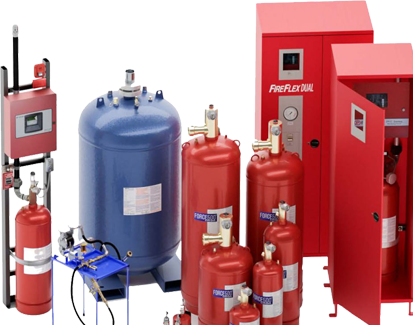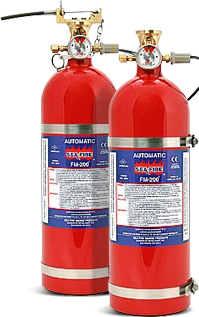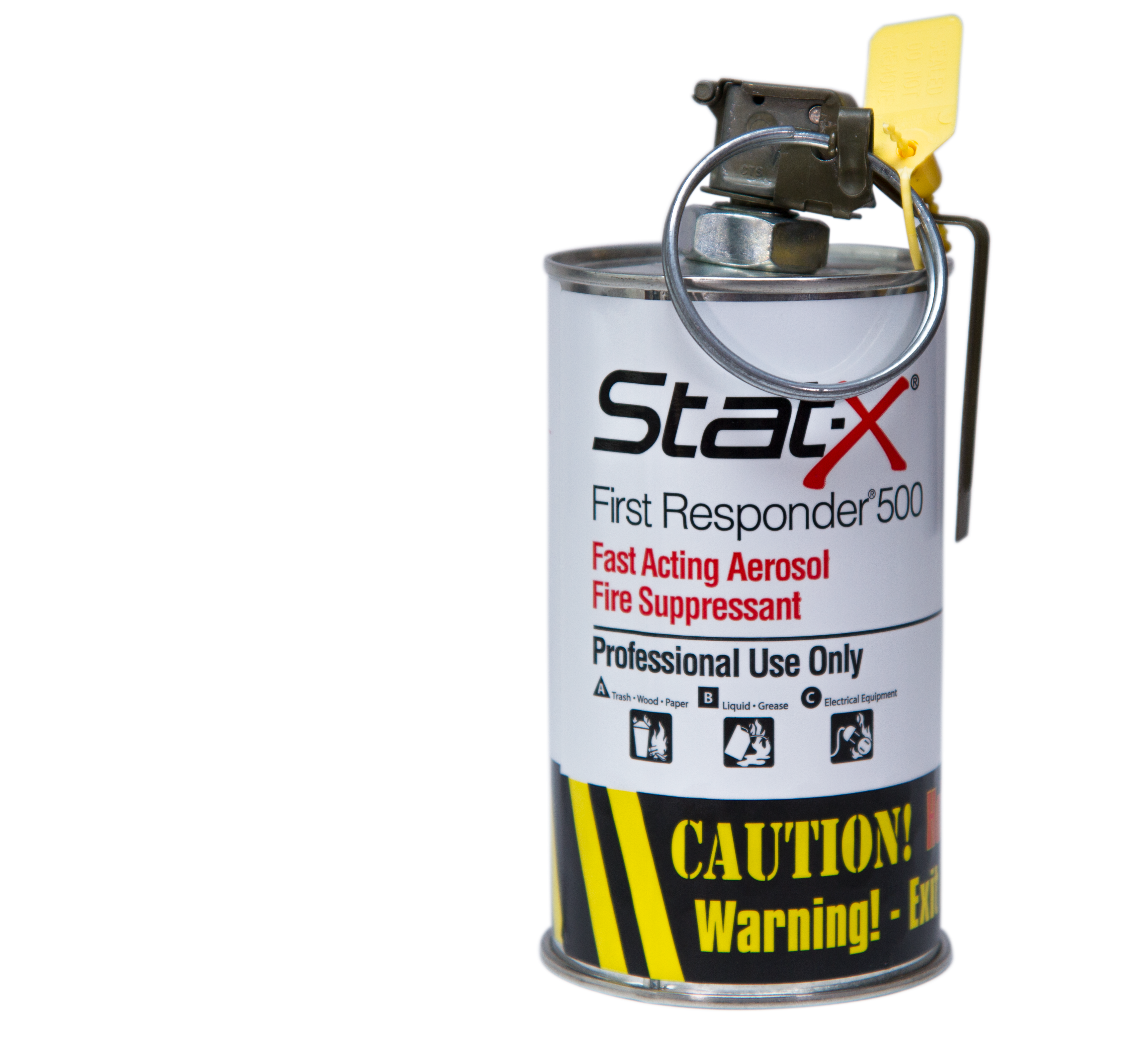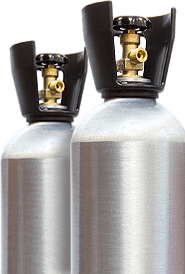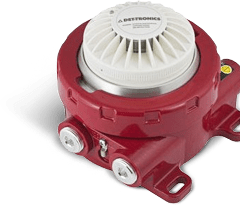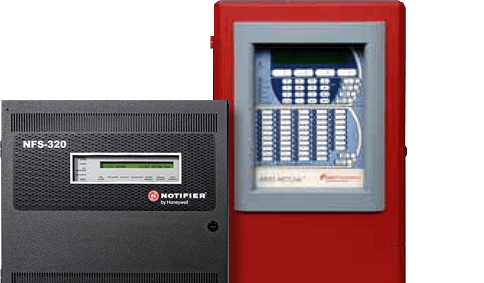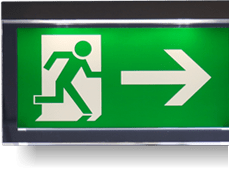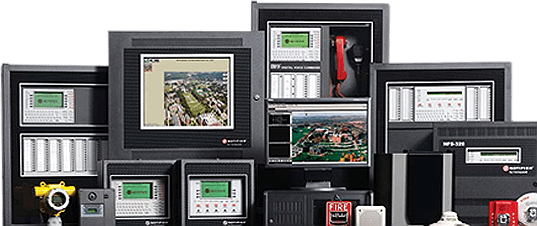Passive and Active Fire Protection Systems
There's no question that fires can cause catastrophic damage to physical structures, lives, and a business's bottom line. In addition to the physical damage that a fire leaves in its wake, the downtime associated afterwards has been known to keep a business's doors closed for good. Fire protection services like us know that the damage a fire leaves behind doesn't necessarily go away once the structure is repaired. Having the proper commercial fire protection systems in place can significantly lessen the impact and aftermath of a fire, and most importantly, save lives. Through the use of passive and active systems, fire protection companies have developed systematic approaches to help businesses and building owners protect their assets as efficiently as possible.
What are active fire protection (AFP) systems?
Active fire protection systems are exactly as they sound. They perform an action in order to attempt to extinguish a fire before it has a chance to spread. Active fire protection systems can have roles throughout all stages of a fire. They can begin with detection where an alarm is sounded to evacuate the building and dispatch the fire department. Then they move to suppression where they perform a physical action to attempt to disrupt the fire's cycle and stop it from spreading. Lastly, active fire protection systems can assist during and after a fire with ventilation to keep exits clear and reduce hazardous atmospheric conditions as people attempt to exit a structure.
An active fire protection system can be manual or automatic. Common forms of automatic fire protection systems are sprinklers that respond to a rise in temperature or smoke detectors that sound once they detect a change in the atmosphere. Manual methods are most commonly fire extinguishers or firefighters themselves as they use a variety of foam, water, and salvage and overhaul techniques to save lives and reduce property loss.
Explore further
What are passive fire protection (PFP) systems?
Passive fire protection systems are equally important and contribute to fire protection in a more behind-the-scenes kind of way. Passive fire protection systems are often built into the building's structure. Specially-rated firewalls, industrial fire curtains and shutters, fire-resistant doors, and firefighting shafts and stairwells are a few examples. These passive systems help to compartmentalize the structure and contain the fire in smaller areas to prevent it from spreading throughout a structure.
Passive fire protection can also be achieved through a building's construction materials themselves. Walls constructed of brick or concrete are naturally fire-resistant. Timber, flooring, and fabrics on furniture and windows can also be specially treated to make them fire-resistant which can all significantly decrease a fire's fuel source in the event a fire occurs. Even though these items are treated with fire-resistant chemicals, they remain safe for use indoors and around humans.
What is the difference between them?
When comparing passive and active fire protection systems, it can be helpful to think of them as offense (active) and defence (passive). The active system is reactive and seeks out to attack the fire once it starts in order to make progress towards fire suppression, while the passive system is proactive and acts as more of a stronghold that stands its ground to stop the fire from penetrating any further.
Passive fire protection systems are often built into the building's core and can be part of the structure itself. On the other hand, many active systems can be added after construction and they don't physically contribute to the building's structural integrity. Most active fire protection systems require routine system maintenance and inspection to ensure that they are in good working order.
Why you must have both systems
Just like any sports team will find it nearly impossible to win a game without offensive and defensive players, a structure will find it nearly impossible to survive a fire without both active and passive fire protection systems. Each of these systems contributes its own set of benefits when a fire occurs, but they are significantly more powerful when used together. As a fire begins to burn, it will continue to seek out additional fuel sources until there is nothing left for it to consume. In fact, the smoke of the fire is actually unburnt fuel itself! Without intervention, a fire will consume everything within its reach.
Active systems like sprinklers and extinguishers can do a great job of suppressing a fire but by the time these methods are deployed, the fire is capable of spreading far beyond what the eye can see. Fires are notorious for making their way into walls and empty spaces in ceilings and between floor joists. These fires can burn extensively and completely unseen. While it looks like a fire may be non-existent or extinguished within a single room, the walls can be completely consumed as the insulation smolders and the fire creeps from one room to the next completely undetected. That's where passive systems come in. Fire-resistant construction can lessen the undetected spread of fire in voids, and specifically designed fire-resistant components can make it more difficult for the fire to penetrate into the next area. This gives occupants more time to escape, the active systems more time to work, and the fire department more time to respond.
Passive and active fire protection systems can even work in unison in some situations. For example, a fire door can be built into the building's construction and remain in plain sight day after day. However, once a fire is detected, sensors within the active protection system can trigger the door to automatically close in order to contain the fire. One system isn't necessarily better than the other. They are their most powerful when used together.
People also search
Making your building a fire-resistant fortress may seem daunting, but as one of the industry-leading fire protection companies, we're here to turn your worries into peace of mind. With the proper mix of active and passive fire protection systems, you can rest assured that your business and all of its assets are well protected in the event of a fire. Contact us today to get the best outcome possible.
In the realm of fire safety, a well-rounded approach combining passive and active fire protection systems is essential, and Control Fire Systems, with their diverse portfolio of Kidde fire suppression systems, offers a comprehensive strategy to effectively safeguard against fire hazards.






